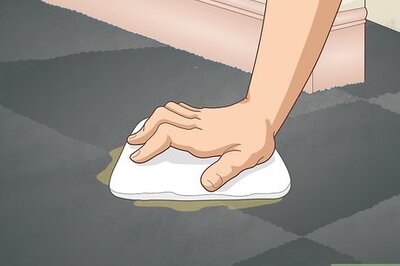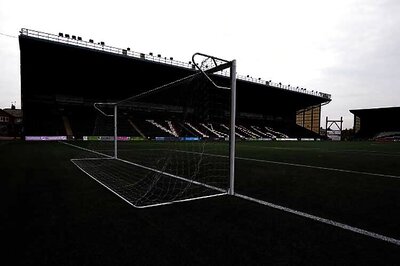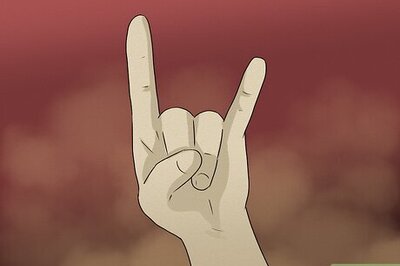
views
New Delhi: As the news of Jet Airways aircraft flying from Mumbai to Brussels dropping to 5,000 feet due to the apparent callousness of the pilots surfaced, officials have admitted of instances when both the pilot and the co pilot have left the cockpit when the plane has been mid-air.
"I was tired, my mind had stopped functioning. I took a power nap. There was a point in my flight today when I could see nothing. I lost focus. I had dozed off," This is an excerpt of one of the Voluntary Information reports handed over by pilots to their Flight Safety departments citing extreme fatigue while on the job. These reports shown exclusively to CNN-IBN are anonymously dropped by pilots and co-pilots in their Debrief Box and shockingly many of them are now admitting to taking a nap on air.
"In four days, you take 32 hours of flying. You can take it because of your requirement. The stress is going to be there, that doesn't mean that four days you take rest and you will be rejuvenated," said R S Anand, Former IA Chief Operation.
The number of hours a pilot flies is governed by Flight and Duty Time Limitation or FDTL. According to the rules of the Director General of Civil Aviation, no pilot can fly more than 125 hours during a period of 30 consecutive days and not more than 30 hours in week. But within this any permutation or combination is possible. There is also a cap of maximum flying of seven hours a day too. But at times, an extension in flight duty time becomes necessary to return to base.
These regulations were made precisely to make sure that men flying these machines were never tired. But in times of crisis when these pilots are actually supposed to be on maximum alert these rules are often overlooked.
"As per rules, he should have signed in at 6 o'clock, but then they normally don't do that. They will wait for fog to clear, and only after obtaining clearance for the flight to take off do they sign in and pilot the aircraft," said Sudhakar Reddy.
The shortage of pilots, along with the pressures of the aviation boom mean that today's pilots are being trained to perform in far more challenging situations.. More airlines means less airspace and that means planes like cars on the ground are travelling closer to each other.



















Comments
0 comment